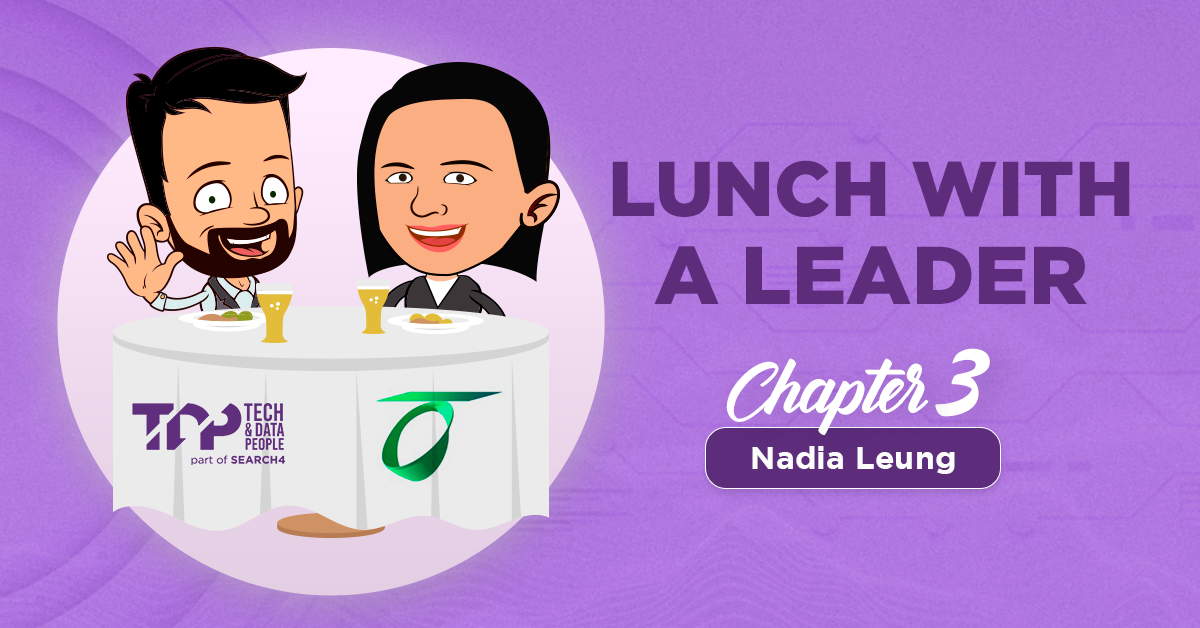Find your next career move
Welcome to TDP, your gateway to exciting career opportunities in Australia.
As a trusted recruitment agency, we are committed to guiding and supporting you in your job search, helping you find the perfect fit for your skills, experience, and aspirations.
At TDP, we understand that finding the right job is crucial to your professional growth and happiness. Our mission is to be your trusted partner throughout your career journey, offering personalised guidance, valuable insights, and access to a wide range of opportunities across Technology and Data Analytics.

Our Core Areas

By Kara Porter
•
June 11, 2025
Welcome to Lunch with a Leader, where the Tech & Data People team sits down with IT leaders to uncover their career insights, challenges, and industry perspectives. Each conversation brings valuable lessons, trends, and advice to help our community grow and thrive. Grab a seat at the table and take in the insights from some of the best in the business.

By Kara Porter
•
May 11, 2025
Welcome to Lunch with a Leader, where the Tech & Data People team sits down with IT leaders to uncover their career insights, challenges, and industry perspectives. Each conversation brings valuable lessons, trends, and advice to help our community grow and thrive. Grab a seat at the table and take in the insights from some of the best in the business.

By Kara Porter
•
May 8, 2025
We’ve entered an era where the smartest systems aren’t the loudest. they’re the ones you don’t even notice. Ambient Intelligence (AmI), or “ambient invisible intelligence,” is reshaping how we live and work, not with fanfare, but with subtlety. This is AI that whispers instead of shouts. It learns your habits, senses your environment, and responds without you lifting a finger. It’s the kind of intelligence that anticipates, not interrupts. So… why should tech professionals, recruiters, and business leaders care? What Is Ambient Intelligence (AmI), Really? Ambient intelligence refers to digital systems—AI, sensors, and networks—that are embedded into our environments to support humans quietly and contextually. Think beyond chatbots and flashy dashboards. This is: Smart lighting that adjusts based on mood or weather Healthcare systems that flag early symptoms before patients notice Cybersecurity that auto-defends without alert fatigue Enterprise tools that prioritise tasks based on your unique working patterns. It’s a tech layer that fades into the background. That is, until you realise you couldn’t function without it. A Silent Revolution in the Workplace Here’s the interesting bit: Ambient AI isn’t just for homes and smart cities. It’s quietly infiltrating our workplaces. Talent Platforms that serve candidates content before they search. Meeting Software that understands conversation flow and adjusts transcripts, follow-ups, or even sentiment analysis in real time. Facilities Management tools that adjust airflow, lighting, and noise levels based on occupancy and stress indicators. And all of this happens without user prompts. We’ve moved from “Hey Siri” to “Siri already knows.” Why It Matters for Tech Recruitment Let’s talk talent. As ambient intelligence grows, we’ll see rising demand for: AI/ML engineers with human-centred design experience Data privacy and ethics specialists IoT security experts UX professionals who understand invisible design Integration architects who can make fragmented systems feel cohesive. And here’s the catch: these roles often require cross-functional fluency. Tech meets psychology, meets ethics, meets design. Are we ready for that shift? Ethical Design in the Background There’s power in invisibility. But there’s risk too. When tech becomes ambient, it also becomes less visible to scrutiny. That means: Bias can go unchecked Data privacy can slip through the cracks Users can be nudged without realising it. The question is no longer can we do this? —But should we? Smart businesses will bring in people who can answer that. Invisible, but Intentional The future of AI isn’t a robot in the boardroom. It’s the algorithm silently removing barriers before they appear. Ambient intelligence is already here. You may have just not noticed it. Yet.








